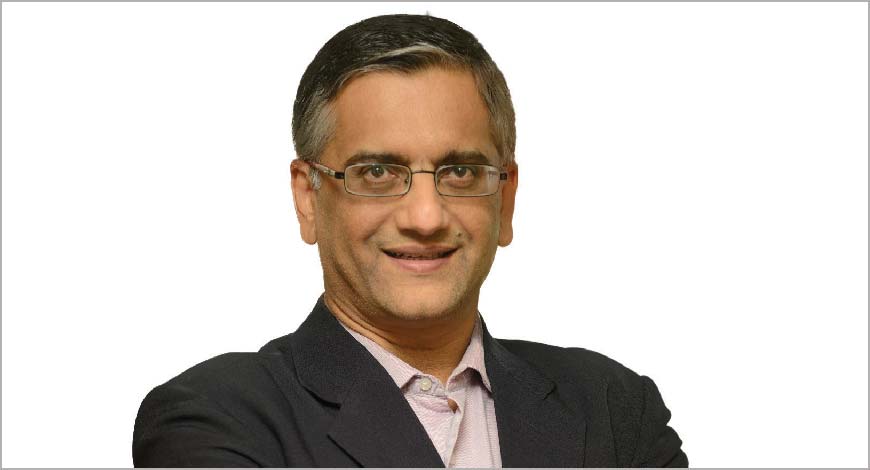One big challenge that we have faced in markets across the globe is that the general public and the government are not familiar with direct selling. Currently the lack of clear direct selling laws prevent the law enforcement authorities to distinguish between direct selling and fraudulent schemes that masquerade as direct selling companies. Effective and efficient legislation will allow Indian direct sellers to focus on growing their business through product sales and simultaneously protect consumers from fraudulent enterprises. While there has been some confusion regarding the direct selling business model in India, both the consumers and the government are beginning to understand the business model better. Industry bodies like Indian Direct Selling Association (IDSA) have been working closing with the government to bring direct selling guidelines to address this challenge and we are happy that the Ministry of Consumers Affairs has issued guidelines on the direct selling industry and now slowly each state is adopting it. Additionally, of course, at the heart of Amway’s model is people, so another challenge is how do we enable people to represent our brands and products, especially the youth segment, who are today’s opinion-makers and influencers in our society and more open to experimentation. Amway is currently working on making its interface simpler, intuitive, more exciting and relevant for the exponentially growing youth population.
Q] What do you believe could be growth drivers for Amway in India, going forward?
There are two aspects to it. One is entrepreneurship opportunity in India which presents itself as a big opportunity for direct selling. We’re expecting the direct selling industry to go from Rs 7,200 crores to Rs 65,000 crores by 2025. Besides this, the opportunities in the FMCG categories are growing, whether wellness or personal care, all categories are growing at double-digit rates. Increasing our presence and enhancing our share in these segments definitely present a clear opportunity for us.
Q] Traditionally, Amway has not been a big advertiser. What is the brand’s approach when it comes to advertising?Our intent and effort is to help our distributor sell to consumers. Hence, we give them the tools and means to represent our brands more articulately by way of online and offline trainings, product videos, apps etc. We do a bit of advertising as well, and through our advertisements, we try to generate interest to help our distributors to service their customers.
Q] Take us through some of your on-going campaigns, including the recent one you’ve rolled out for Attitude.
Attitude, an entrylevel premium skincare and cosmetics brand, is targeted at Indianyouth. Our recent campaign #DontLimitMyAttitude celebrates stories of inspiring women who have broken societal shackles to live their lives on their own terms. The film exemplifies the essence of Amway’s empowerment vision. Through these stories, the film aims to draw consumers’ attention to the societal perception against women who are expected to live by norms set by others.Amway has completed 20 years in India and the latest campaign #AmWayofLife brings to life a strong bond built during this journey with millions of consumers in India. The powerful storyline shows the impact and strong integration of brand Amway with their consumers through an emotional narrative.
Q] How much of your ad spends goes into digital marketing?
Amway India’s approach has been more focused towards making communication more personalized and contextual while utilizing the right mediums to deliver our messages for consumer engagement. From a media mix perspective,we have moved on to a 100% Digital approach on our brands this year; while on corporate, Amway is exploring relevant platforms as per the context of the communications.You can argue that is around 90%of the total ad spends is on digital.

Q] What is your strategy when it comes to digital marketing? What are the tools you use?
We use social media and display ads more because we’re still in the phase where we need to build awareness and engagement. At some point of time, we will shift to conversations.
Q] Who would you say is your target demographic?
Each of our brands and products has its own demographic. For example, Nutrilite is targeted towards both men and women, so it has a wider demographic. On the other hand, Attitude, our indigenous brand is targeted at young women.
Q] Leading advertisers are taking digital media buying in-house. Is that something Amway does as well? Is it sustainable?
Currently, we are using a media agency for our digital campaigns as we believe in the value they bring through their cross-category and cross-client experience. We would like to leverage the huge learning curve which they have acquired.
Q] While Digital is becoming an increasingly popular tool for brands, how do you measure the impact of your digital campaigns? What kind of response do you see on Digital from consumers?
Apart from the standard measures like reach, views and engagements, now we’re also tracking clickthroughs. So, when we run a campaign, we now look at how many people come on to our website and show interest or buy a product. That is what gives it some amount of tangibility.
























